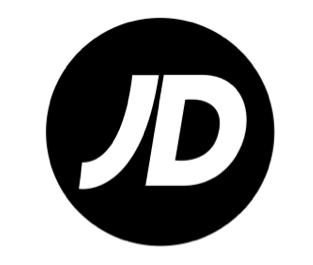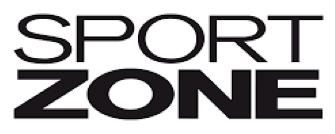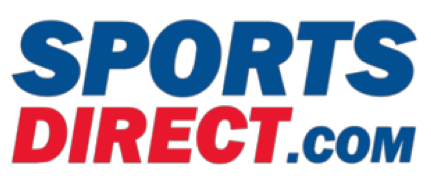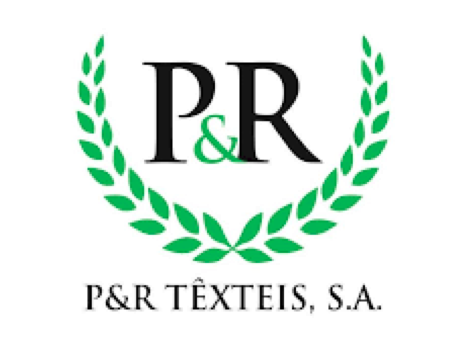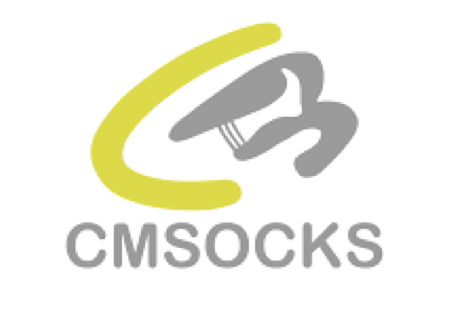Summary
to understand this market
Detailed content
 Inforamtion
Inforamtion
- Number of pages : 30 pages
- Format : Digital and PDF versions
- Last update : 14/12/2021
 Summary and extracts
Summary and extracts
1 Market summary
1.1 Overview and definition of the sporting goods market
A sports item can be defined as equipment used to practice a sport . It can be clothing (shoes, jerseys...), equipment (tennis rackets, soccer balls, handballs...) or even machines, especially those used for weight training (rowers or mats for example). It is necessary to distinguish two aspects, the manufacture and distribution of sports equipment The study will focus on the distribution of these products while giving the main specificities of the manufacture of sporting goods in Portugal.
Care must be taken to distinguish the sporting article from the sporting equipment, the latter designating an arrangement or structure that allows the practice of one or more sports.
Nevertheless, the sportswear clothes whose style has been designed in the United States, can be considered as a sports item although this is more of a clothing trend than real articles developed for sports practice.
In a market once made up of small family businesses, the last few decades have definitively changed the established order. Production is no longer the same, transformed by technological innovations, globalization and large companies, such as JD Sports or Décathlon, which have control over the distribution of sports products. In addition, more and more startups are trying to make the most of a high-potential market.
1.2 A fast-growing global market
The sale of sporting goods worldwide in **** represented a market of *** billion dollars according to the figures of LSA-conso, a third of which is controlled by ** major sports brands. The main sports goods distribution brands are Intersport, Décathlon and Foot Locker.
Market growth in the same year was *.*% . According to ...
1.3 The Portuguese market is beginning to grow again
According to Eurostat data, after a decline in sales over the period ****-****, the market for sports goods (***) is gradually recovering to reach ***.* million euros in Portugal in **** .
Source: ****
Generally, European countries prefer to import rather than manufacture on their territories, so the manufacture of sporting goods often represents a small ...
1.4 Foreign trade
Portugal imports almost as much as it exports sports goods worldwide: the coverage rate (***) is ***%.
The amount of exports is ***.* million euros in ****, representing a CAGR of **% over the ****-**** period . Portugal mainly exports to other EU Member States: according to data Eurostat **% of Portugal's exports of sporting goods go to ...
2 Demand analysis
2.1 Economic and structural demand
The Portuguese are doing less and less sport
The current evolution of lifestyles (***) naturally implies a decrease in the regular activité
According to a study carried out by the Portuguese daily newspaper Público using Eurobarometer data for sport and physical activity, **% of Portuguese people reported in **** exercise a sporting activity ...
2.2 New consumer trends
A new type of audience
The future for manufacturers and distributors of sporting goods lies in the sale of products to segments that are still under-exploited . However, brands pay particular attention to to women as they represent a new market opportunity for the sporting goods market, as their interest in sporting ...
3 Market structure
3.1 Strength in presence and organization of the sector
Two categories of actors: manufacturers and distributors
The value chain in the sports goods market in Portugal can be divided into two main categories manufacturers and distributors . It is possible to identify * main types of manufacturers (***):
o The new entrants positioned in emerging market segments (
o The specialist manufacturers Historical players, ...
3.2 A production in several stages
The production process depends on the product in question. However, the preliminary step is always the same: the analysis the needs of athletes. Then comes product design. Designers and engineers, more or less numerous depending on your technicality of the product, work together to design the product so that it meets ...
3.3 New practices: the rise of e-commerce
Many physical stores are closing in favour of Internet sales.
As shown in the graph below, a Eurostat study shows that **% of respondents had purchased a good or service on the Internet in the three months preceding the survey (***), compared to only **% in ****, representing a **% growth over the last eight ...
4 Analysis of the offer
4.1 An abundance of products
There is a multitude of sports equipment available on the market . Most are simple and generally provide little added value (***).
It is possible to make another distinction between the products available on the market:
o The équipements These are the objects that will be used by athletes to help them ...
4.2 Product trends
- The rise of leasing in Portugal
The " The " leasing" of sports equipment a form of long-term rental that allows consumers to acquire items at a lower cost and change products regularly, is increasingly appealing to consumers. The trend previously reserved for the automotive sector is gradually spreading to more varied sectors, ...
4.3 Counterfeiting that costs the Portuguese market dearly
Although the French sports market is much more affected by counterfeiting (***).
Source: ****
These illegal sales are costly both to the State in terms of lost income (***) and to consumers: counterfeit products may contain toxic products that are dangerous to their health.
5 Rules and regulations
5.1 Regulations: textile and sportswear products
In particular, textile products are subject to transparency obligations with regard to product composition. According to the DGCCRF, "the labelling or marking of textile products is part of a Community text, directly applicable in all Member States". [***]
As far as sportswear is concerned, brands are threatened by counterfeiting, among other things, ...
5.2 ̀me Harmonized global customs
The Harmonized System is an international nomenclature for the classification of products. It allows participating countries to classify goods traded on a common basis for customs purposes. At the international level, the Harmonized System (***) for the classification of goods is a six-digit code system. [***]
The HS contains approximately *,*** item/product descriptions ...
6 Positioning of the actors
6.1 Segmentation
- Texturarica
- Intersport International
- Decathlon Portugal
- JD Sport
- Sport Zone
- Sports Direct
- Adidas
- Nike
- P&R Têxteis
- CM Socks
 List of charts
List of charts
- Classement des principales enseignes d'articles et vêtements de sport selon leur chiffre d'affaires annuel
- Montant des échanges extérieurs d'articles de sport, selon le type d'équipement
- Classement des principaux distributeurs d'articles de sport selon leur chiffre d'affaires annuel
- Taille du marché des articles de sport
- Valeur de la production manufacturière d'articles de sport
All our studies are available online in PDF format
Take a look at an example of our research on another market!
Latest news
Companies quoted in this study
This study contains a complete overview of the companies in the market, with the latest figures and news for each company. :
 Choosing this study means :
Choosing this study means :
Access to more than 35 hours of work
Our studies are the result of over 35 hours of research and analysis. Using our studies allows you to devote more time and added value to your projects.
Benefit from 6 years' experience and over 1,500 industry reports already produced
Our expertise enables us to produce comprehensive studies in all sectors, including niche and emerging markets.
Our know-how and methodology enable us to produce reports that offer unique value for money.
Access to several thousand articles and paid-for data
Businesscoot has access to all the paid economic press as well as exclusive databases to carry out its market research (over 30,000 articles and private sources).
To enhance our research, our analysts also use web indicators (semrush, trends, etc.) to identify market trends and company strategies. (Consult our paying sources)
Guaranteed support after your purchase
A team dedicated to after-sales service, to guarantee you a high level of satisfaction. +44 238 097 0676
A digital format designed for our users
Not only do you have access to a PDF, but also to a digital version designed for our customers. This version gives you access to sources, data in Excel format and graphics. The content of the study can therefore be easily retrieved and adapted for your specific needs.
 Our offers :
Our offers :
the sports goods market | Portugal
- What are the figures on the size and growth of the market?
- What is driving the growth of the market and its evolution?
- What is the positioning of companies in the value chain?
- Data from several dozen databases
5 reports pack (-15%) PT Portugal
- 5 reports at €75.6 excluding VAT per study to choose from our Portuguese catalogue for 12 months
- Save 15% on additional studies purchased
- Choose to be refunded any unused credit at the end of the 12-month period (duration of the pack)
See the terms and conditions of the pack and the refund of unused credit.





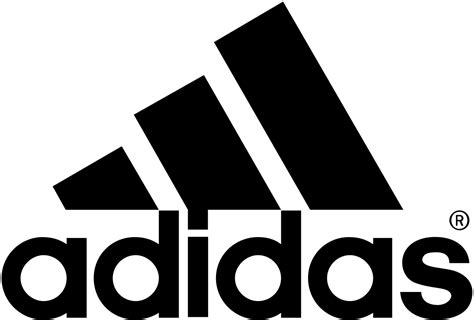 Adidas still going strong despite the Kanye West scandal. - 20/11/2023
Adidas still going strong despite the Kanye West scandal. - 20/11/2023
 Nike: direct sales save the year for the global sports giant. - 28/06/2022
Nike: direct sales save the year for the global sports giant. - 28/06/2022



